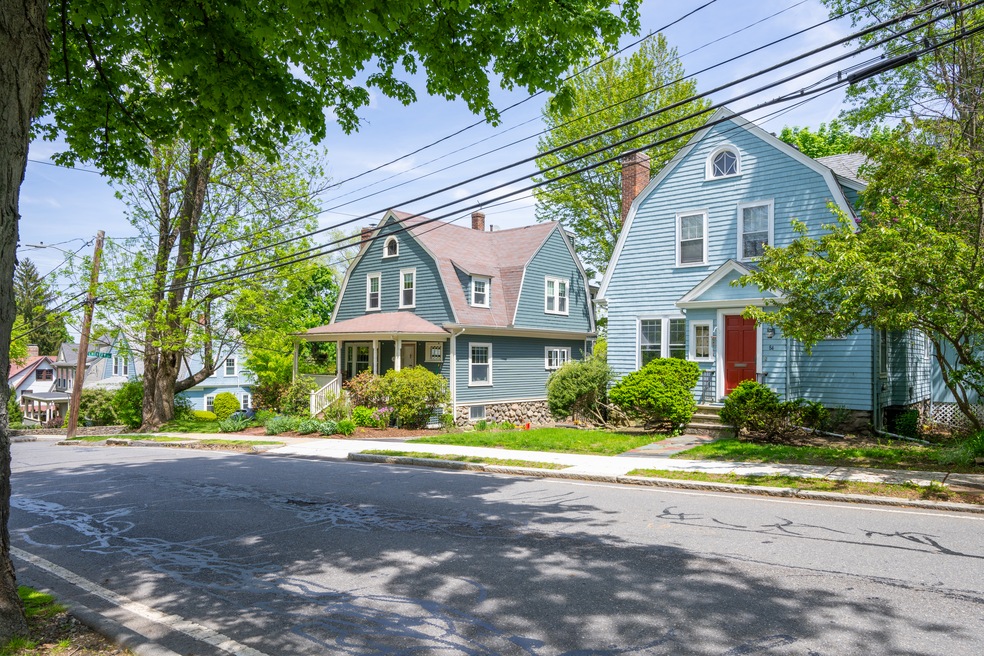Sales of existing single-family homes and condos increased for the second straight month as more sellers and buyers appeared willing to brave stubbornly high mortgage rates.
Still, total sales for 2024 overall will likely be the lowest in nearly three decades and the pace of homebuying and rates aren’t likely to change dramatically in 2025, according to forecasts by the National Association of Realtors and Fannie Mae.
The number of homes for sale in November reached a seasonally adjusted 4.1 million, up 4.8% from the previous month, the NAR said. Sales were up more than 6% from one year ago, the largest annual growth since June 2021.
Meanwhile, the supply of homes on the market rose nearly 18% from the same month last year with 200,000 additional properties listed for sale. The number of homes for sale was down 3% from October, but that’s to be expected this time of year, said Lawrence Yun, the NAR’s chief economist.
“Despite rates not behaving, with the mortgage rate trending higher, more inventory is showing up in the market,” he said. Job creation is also a factor in the uptick in home sales, Yun said; the federal government reported the unemployment rate in November remained about the same as the previous month at 4.2%.
Though many homeowners would have to give up mortgage rates as low as 3% or 4% if they sold their houses, changing life circumstances such as their desire to move to a different school district or to retire may force their hand, Yun said.
Existing home sales increased from the previous month in the Northeast, Midwest and South and were steady in the West, the NAR reported. The Northeast saw the biggest jump at 8.5%, with the Midwest and South both exceeding 5%.
A notable change in November was the decline in the share of existing homes purchased by investors or vacation homebuyers. Just 13% of homes were sold to this group, compared to 17% in October and 21% last February. Investor purchases reached their highest point in the past four years during the first month of 2022 when they topped out at 22%.
“Is it because investors think that home prices are possibly at the top, or is it because rents are no longer rising? Maybe they’re stepping away from real estate,” Yun said of the recent downward trend.
The median price of existing for-sale homes in November was $406,100, up 4.7% from the same month in 2023. It was the 17th straight month that prices were higher than they had been one year earlier.
“From an affordability perspective, we think 2025 will look a lot like 2024, with mortgage rates above six percent, home price growth easing from recent highs but staying positive, and supply remaining below pre-pandemic levels,” Mark Palim, Fannie Mae’s chief economist, said in the company’s December housing market report.

